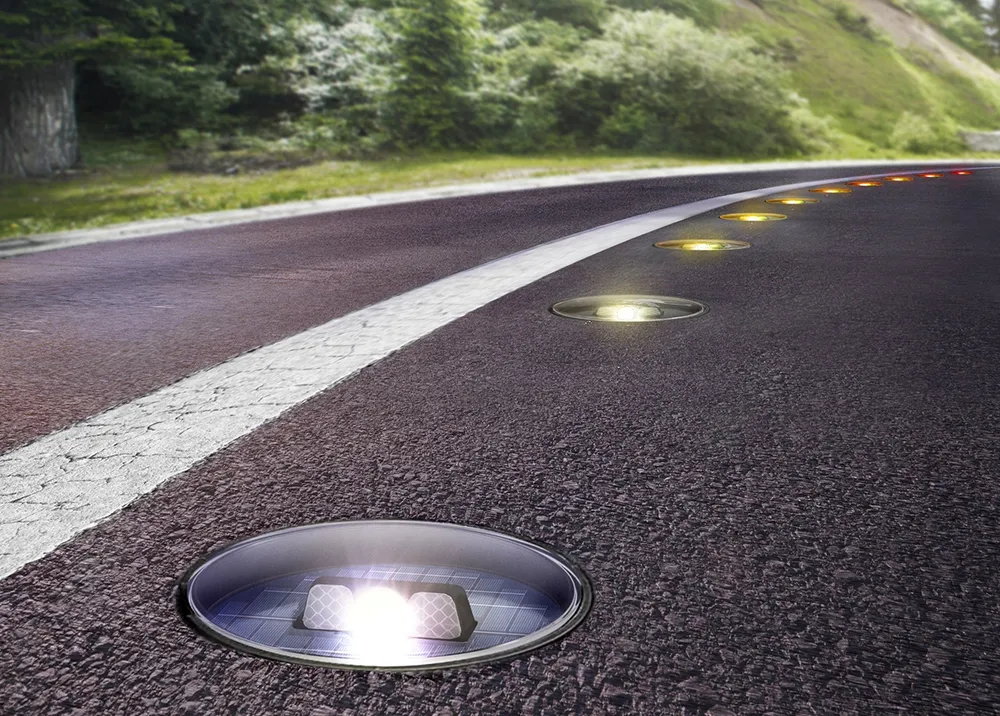Responding to potential product opportunities from numerous global automotive manufacturers, Australian company
The companies have been collaboratively developing driver monitoring technology for two years and Takata has recently secured a contract, said to be with General Motors, to deliver its first ever mass-manufactured implementation of a driver-monitoring system that will warn drivers of lapses in attention.
The Seeing Machines’ operator monitoring system is based on patented eye-tracking technology that uses sensing equipment that requires no re-calibration between different drivers, while tracking head alignment for potential distraction of the driver.
Seeing Machines’ automated fatigue monitoring systems, which monitor fatigue and alert both the operators and their employers when the system detects distraction, have already been implemented in
“Eye and head tracking technology is the next step in automotive safety, which we expect to play a significant role in the reduction of one of the greatest causes of accidents: driver distraction,” said Ken Kroeger, CEO of Seeing Machines. “We strongly believe that the addition of driver monitoring to ADAS will deliver a significant improvement to the safety of drivers, passengers and pedestrians.”
Seeing Machines teams with TK Holdings on driver-monitoring
Responding to potential product opportunities from numerous global automotive manufacturers, Australian company Seeing Machines is to partner with TK Holdings, the US subsidiary of Takata in a 15 year strategic alliance on driver monitoring technology.
September 3, 2014
Read time: 2 mins










